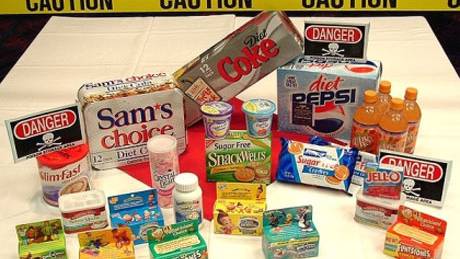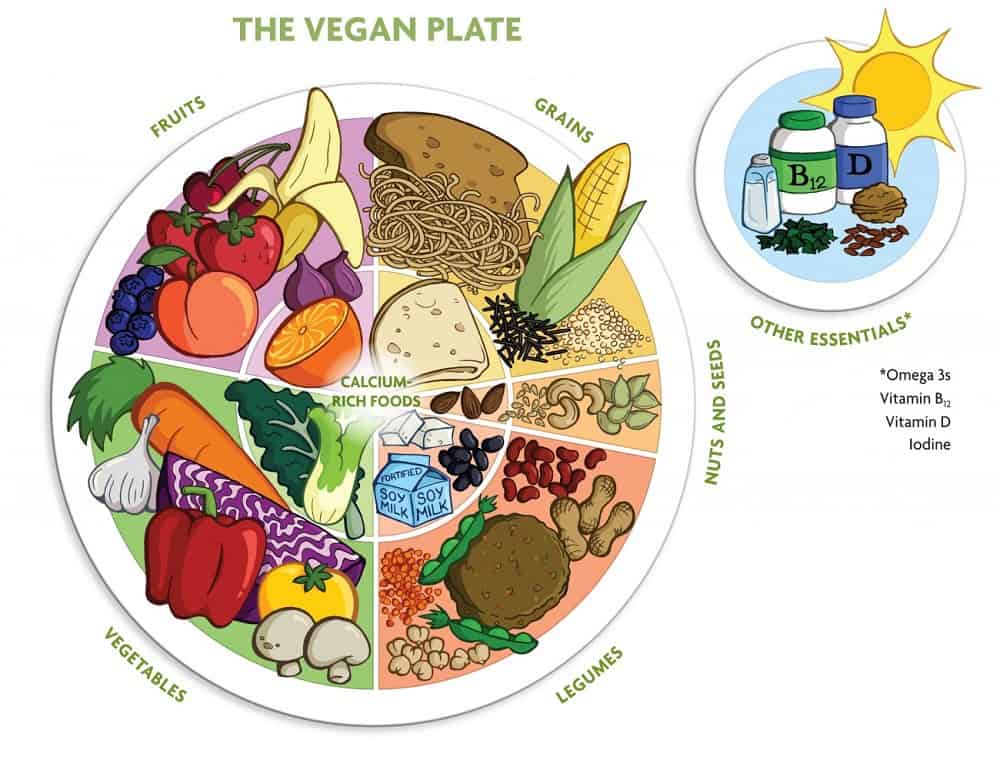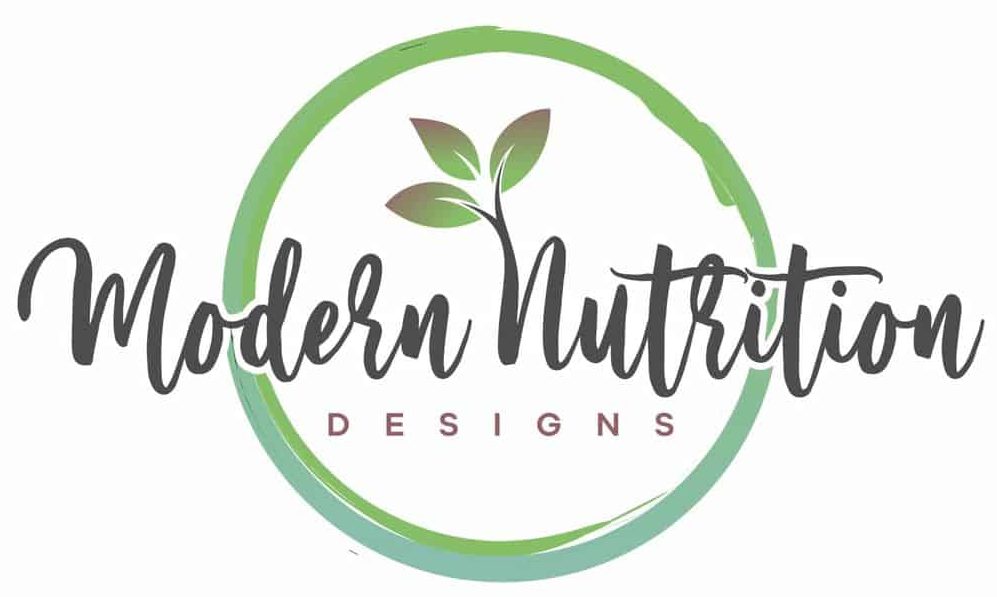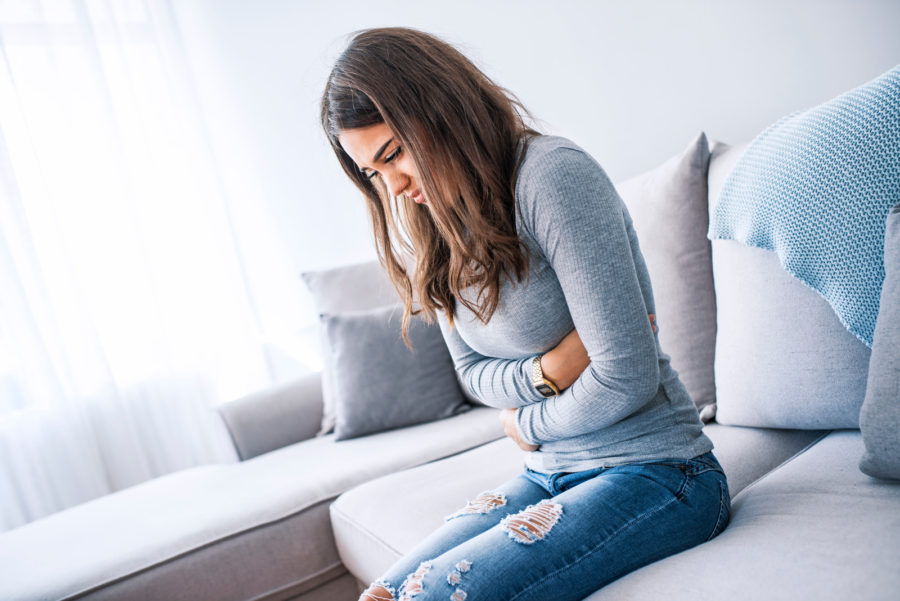Waiting to get results on a gluten-free diet can feel gruelingly slow. I would love to tell you that the transformation happens overnight, but it just isn’t true. I spent the last 10 years perfecting my gluten-free diet and I am so excited to share what I have learned!
The fastest way to resolve symptoms experienced from gluten intolerance or gluten sensitivity is to remake a healthy diet from scratch. First, you learn how to remove all potential gluten culprits. Then you remove all other harmful artificial additives and disease-promoting foods. Lastly, you replenish your diet with foods high in nutrient density.
We will cover these major topics in the following article:
- How to thoroughly remove gluten from your diet
- Learn how to spot gluten
- Limit manufactured foods that contain an ingredients list
- Taking your diet one step further by removing harmful additives
- Removing the rest of the disease-promoting foods
- Harmful additives
- Animal products
- Other harmful substances
- Replacing disease-promoting foods with high nutrient-dense foods
- Implementing more nutrient-dense foods into your diet
- Sample 3-day meal plan
- Let food be your medicine
- Other lifestyle habits that promote recovery
Below is a quick video from my YouTube channel that will give you some insight into my experience recovering from Celiac disease:
How to thoroughly remove gluten from your diet
Learn how to spot gluten
Gluten has become one of the most ubiquitous ingredients in the standard American diet. You will find it in everything from granola bars to salad dressing. It can be incredibly daunting when you are first learning to recognize which foods are safe and which ones are harmful. It takes time and due diligence, but with practice, it will become second nature.
The key is to familiarize yourself with common ingredients found on food labels. Study which ones may contain gluten and try to memorize them. Unfortunately, you will rarely see the word “gluten” printed on an ingredients list. Manufacturers prefer to use misleading terms instead.
Below are the most common forms of gluten-containing ingredients:
- Wheat
- Varieties and derivatives of wheat such as:
- wheatberries
- durum
- emmer
- semolina
- spelt
- farina
- farro
- graham
- KAMUT® khorasan wheat
- einkorn wheat
- Rye
- Barley
- Triticale
- Flour
- Glucose
- Tocopheryls
- Natural Flavors (sometimes made from barley, especially in caramel)
- Hydrolyzed Vegetable Protein
- Brown rice syrup
- Meat substitutes
- Dextrin or maltodextrin
- Saccharide or polysaccharide
- Food starch or Modified food starch
- Malt in various forms including: malted barley flour, malted milk or milkshakes, malt extract, malt syrup, malt flavoring, malt vinegar
- Brewer’s Yeast
- Wheat Starch that has not been processed to remove the presence of gluten to below 20ppm and adhere to the FDA Labeling Law
Products labeled “wheat-free” are not necessarily gluten-free.
Limit manufactured foods that contain an ingredients list
Start with your pantry and work your way through your kitchen and medicine cabinet removing all gluten-containing foods, supplements, cosmetics, and medications. Read all labels carefully (for medications you will likely need to call the manufacturer). I don’t trust any ingredient I can’t pronounce or recognize.
If you are unsure about a given food item’s contents, either throw it out or call the manufacturer and ask whether it contains gluten. When in doubt, just get rid of it.
If the item does happen to contain hidden sources of gluten, it’s not worth extending the duration it will inevitably take you to recover from further gluten exposure. It can also become discouraging when you think you have eliminated all possible gluten-containing sources, but you continue to suffer from lingering symptoms.
Removing the rest of any disease-promoting foods
Harmful additives

Now that you have successfully removed all the gluten from your home, take all remaining labeled items and remove anything with harmful additives. This involves removing anything with preservatives, harmful chemicals, dyes, added sugars, added salt, oil, and hydrogenated substances.
Yes, this will likely be the majority of your kitchen. But that’s great! The more items you need to throw out, the more harmful substances you are removing from your life. And thus, the closer you are to regaining your health and vigor.
Animal products
Now that you have successfully parted ways with all the artificially engineered food items, you are ready for the next step. It’s time to remove all beef, poultry, seafood, pork, eggs, and dairy from your diet.
This includes anything that had a mother or is produced by an animal. For instance, cheese, ice cream, butter, creamer, milk, yogurt, honey, animal fat, etc., would be considered animal products.
Meats and animal products have been linked to a number of diseases and have all been shown to create inflammation through regular metabolic processes. These foods also provide very little by means of nutrients. They contain zero fiber, antioxidants, and phytochemicals.
Animal foods also contain high amounts of saturated fat and cholesterol. Two things that are known to contribute to heart disease, stroke, cancer, erectile dysfunction, hormonal disruptions, diabetes, obesity, inflammation, and now dementia.
Foods rich in animal protein and animal fat have harmful effects on our beneficial gut bacteria leading to leaky gut syndrome, Chron’s disease, and other inflammatory bowel disorders.
Meat also contains natural amounts of trans fat which has been deemed so unfit for human consumption it has actually been removed from American grocery stores as of January 1st, 2020.
The sooner you cut out these disease-promoting items, the closer you are to recovery. I understand what I am proposing might seem “radical” to some, but this is an evidence-based method to overcoming the following symptoms associated with Celiac disease and gluten sensitivity:
- migraines
- sinusitis
- brain fog
- joint pain
- depression
- anxiety
- insomnia
- muscle aches
- skin rashes and irritation
- constipation
- diarrhea
- abdominal pain
- blurred vision
- ADHD-like behavior
- hallucinations/delusions
- infertility
- high blood pressure
Other harmful substances
This section might seem obvious, but I feel compelled to include it based on my culture’s affinity for such items as caffeine, alcohol, and other illicit substances. Not only will these impede recovery, but they will cause further damage and create more problems in the long run.
Caffeine
Many people have a difficult time giving up their morning coffee, but I assure you, you will feel better without it. Coffee has a 17-hour half-life. This means that the stimulating effects of the drug do not wear off until well into the hours your body should be resting. Regular caffeine use is the number one reason so many people have trouble getting a good night’s rest.
Start by cutting back slowly if you want to reduce the withdrawal symptoms. Perhaps, start with half a cup less per day and eventually reduce your intake to zero.
Alcohol
Alcohol is another major area of concern due to its social acceptability. This substance actually disables the body’s natural healing mechanisms. Even one drink per day has been shown to significantly increase one’s odds of acquiring such diseases as high blood pressure, obesity, stroke, breast cancer, liver disease, depression, suicide, and accidents.
Medications
Over-the-counter medications and prescription medications should also be minimized, if not discontinued altogether. This includes antacids, pain-relievers, sleep-aids, and cold medicine. I know how counterintuitive this may seem, but you don’t need these substances. Even when you are suffering from the very ailments that these drugs advertise to ameliorate.
Your body is designed to naturally return to its healthful equilibrium without medicines. Even prescription medications will prolong the time it takes for you to fully recover. Technically, they are all poisons and they can not act on one body mechanism without impacting another. With every benefit comes a side effect.
Always chat with your primary care provider before discontinuing medication.
Replacing disease-promoting foods with high nutrient-dense foods
By removing the glutinous foods, artificial foods, and animal products from your diet you have made room for high nutrient-dense foods. These foods are required by the body to not only carry out normal metabolic processes but to also heal the damage that may have been caused by repeated gluten exposure.
We are replacing the standard American fare or low nutrient-dense items with foods from the following categories:
- Legumes
- Whole/intact non-glutinous grains
- Seeds
- Nuts
- Fruits
- Vegetables

You don’t have to stress about eating from each of these categories every day if it is too challenging at first. Just try to incorporate all of them over a given week. Eventually, this lifestyle will become second-nature and you will easily get all or most of these items into your daily meals.
Implementing more nutrient-dense foods into your diet
Start by replacing animal meats and refined carbohydrates with large portions of starch and whole grains. For example, instead of a large slab of beef, mix some rice and beans together or have a big sweet potato.
Then be sure to make one meal of everyday a large salad. This will easily allow you to get your greens and veggies regularly. I find it is best to make this the last meal of the day since salads do not sit so heavy in your stomach during digestion. Going to bed on a full stomach may impact your quality of sleep, and therefore, your ability to heal.
Breakfast seems to be a common area of difficulty for anyone coming off a heavy carnivore or otherwise low-nutrient dense diet. Try trading your high sugar-laden cereal for some fresh steel-cut oatmeal with flax seeds and berries. Or switch out your bacon and eggs for a bean and rice breakfast burrito with guacamole and salsa.
Do your best to maintain a whole-foods plant-based lifestyle for three months. If your symptoms don’t significantly reduce or disappear altogether, send me an email at info@modernnutritiondesigns.com and we can comb through your diet together to determine other areas that may be troublesome.
Keep a food diary during this transition so you can adequately assess your progress. Document what you are eating and any symptoms you may be experiencing daily.
Sample 3-day meal plan
Below is a 3-day meal plan to get you started:
| Meal | Day 1 | Day2 | Day 3 |
| Breakfast | Steel-cut-oatmeal, flax seeds, berries | Green smoothie with chia seeds and fresh greens/fruit | Fresh fruit with sugar-free and oil-free granola with hemp seeds |
| Lunch | Hearty vegetable soup with wild rice (zero added sodium) | Sweet potato with kidney beans, greens, and salsa | Bean and brown rice bowl with greens, veggies, oil-free dressing |
| Dinner | Large salad with a variety of veggies, oil-free dressing | Large salad with a variety of veggies, oil-free dressing | Large salad with a variety of veggies, oil-free dressing |
| Snacks | Veggies and oil-free hummus | Fresh fruit | Nuts and dried fruit |
Let food be your medicine
Now you have all the information you need to jump-start your recovery after likely suffering many years with an overactive immune system. Eating the wrong foods is what landed you here in the first place; in pain, sick, and miserable. Let the proper foods bring your body back to health.
I was rendered disabled and completely unable to work or take care of myself for nearly two years after finally receiving a proper diagnosis of celiac disease and dermatitis herpetiformis. I was on medications for skin blisters, sinusitis, allergies, anemia, anxiety, depression, ADHD, pain, insomnia, and several others to counteract the side effects of the initial drugs.
My doctors and dietitian provided exceedingly terrible guidance and information, so I began reading and investigating medical journals to educate myself on how to heal my body. Since I was suffering from a nutritional disorder, celiac disease, it made sense to completely rethink my diet.
After six years on a gluten-free diet, I had made very little progress. I was still struggling to get out of bed and face yet another day of pain and malaise morning after morning.
It wasn’t until I discovered the whole-foods plant-based diet and lifestyle (explained in detail above) that I was able to make a full recovery from over a decade of inflammatory damage.
The more I was able to fine-tune my diet the more medications I was able to remove from my regimen. Today, and for the past five years, I have been completely off all 11 of my prior medications! I have been symptom-free and thriving. And you can too!
Other lifestyle changes that promote recovery
- Allow your body to heal by sleeping at least 8-9 hours per day
- Get plenty of sunshine
- Do a little exercise every day
- Incorporate more opportunities to gain social support
- Take life’s challenges in stride by using proper stress-management techniques
Below is another YouTube video I filmed recently that will explain some of the difficult symptoms I overcame with these diet and lifestyle changes mapped out above:
Highlights on recovering from gluten-intolerance
- Familiarize yourself with ingredients and foods that contain gluten.
- Minimize opportunities for accidental gluten ingestion by removing as many manufactured food items from your diet as possible.
- Remove food items containing preservatives, harmful chemicals, dyes, added sugars, added salt, oil, and hydrogenated liquids.
- Remove the remaining disease-promoting foods from your diet including beef, poultry, seafood, pork, eggs, and dairy.
- Refrain from using over-the-counter medicines, prescription medications, caffeine, alcohol, and other harmful substances that will disable your body’s natural healing mechanisms.
- Replenish your diet with high nutrient-dense foods such as nuts, seeds, legumes, fruits, veggies, and whole non-glutinous grains.
- Stick with the diet and lifestyle changes described in this article for at least three months before making further changes.
- Create other healthy habits such as getting enough sleep, exercise, social support, stress management, and sunshine.
Karli Jackson

